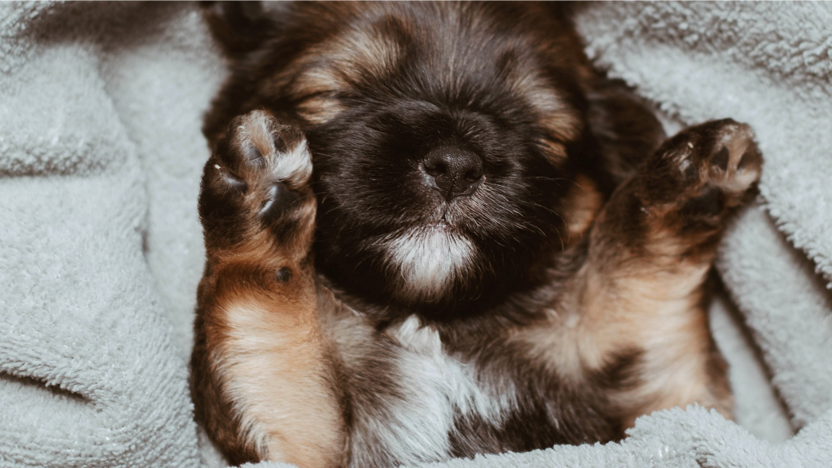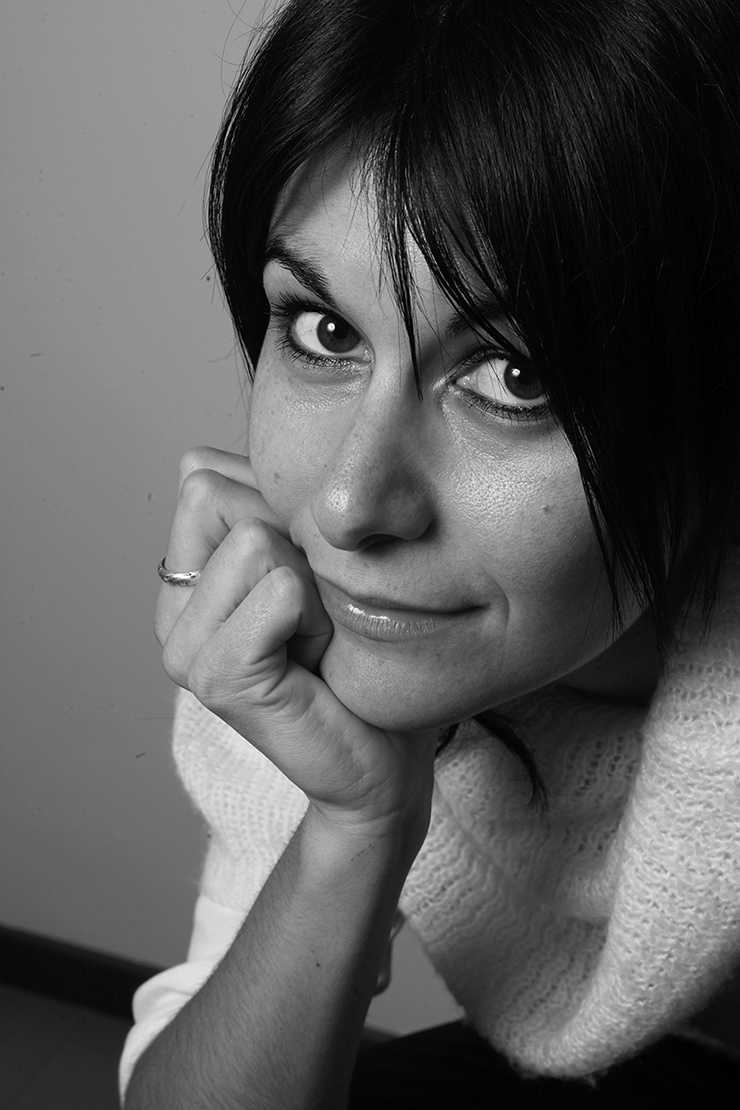Getting a home ready for a new pet

Pet product design is constantly evolving, as it responds to increasingly specific requests for reconciling the natural needs of puppies and kittens with the aesthetic needs of pet parents.
Keeping them in … or out!
The arrival of a new family member involves strategic planning and some clever tricks. Whether it is an apartment or a detached house, whether there is a terrace or an entire garden available, the first thing to be looked at is how to keep the pet where they should be, rather than where they should not.
There are plenty of effective solutions on the market for every situation. Anti-escape and anti-jump nets are examples. Practical containment boxes and quick- installation gates are extremely useful for limiting areas of the home to where young pets can move safely. And tech devices for indoor and outdoor monitoring allow a progressive degree of autonomy.
Puppy training
An important part of puppy life is, of course, toilet training. Absorbent mats and litter boxes become inevitable furnishing accessories. What is on offer is varied enough to meet all consumers’ needs. Even pee cones and turf that can be placed on an apartment terrace or balcony to simulate natural situations and encourage the young pet to learn.
Happy littering
Various kinds of litter boxes and trays can be tried to see what the kitten prefers: open or closed, plant- based litter that can be disposed of in the toilet or crystal granules with odour-absorbing and diagnostic monitoring functions.
The quality and quantity of the litter, as well as the position of the box, are what makes a cat decide whether it is happy to use it. There are even litter boxes specifically designed for placing in the owner’s toilet, allowing a cat to share the space.
Natural feeding
Food bowl design is very important for correct intake of the meal and for hydration. Resistant and non- porous materials guarantee good hygiene and no breakage, but it is the design that characterises each bowl, making it appropriate for all muzzles and needs.
For kittens, it is best to use feeding stations designed to take into account the correct inclination of the head and the cat’s natural body posture while eating. Double feeding bowls are being produced less now, respecting the feline instinct for well-spaced food and water. Drinking fountains or troughs that can be connected to taps indulge the cat’s natural preference for running water.
Designed for comfort
By making use of the latest research, plus recom- mendations from veterinarians and behaviourists, pet product design can respond to any need in terms of comfort. There are many innovative products on the market, such as thermo-regulating kennels and materials that simulate a massage to help stem the separation anxiety typical of puppies. Or memory foam pillows that comfort young animals. And wellness stations with mental activation games to help puppies reconcile their natural instincts with the conditions of domestic life.
